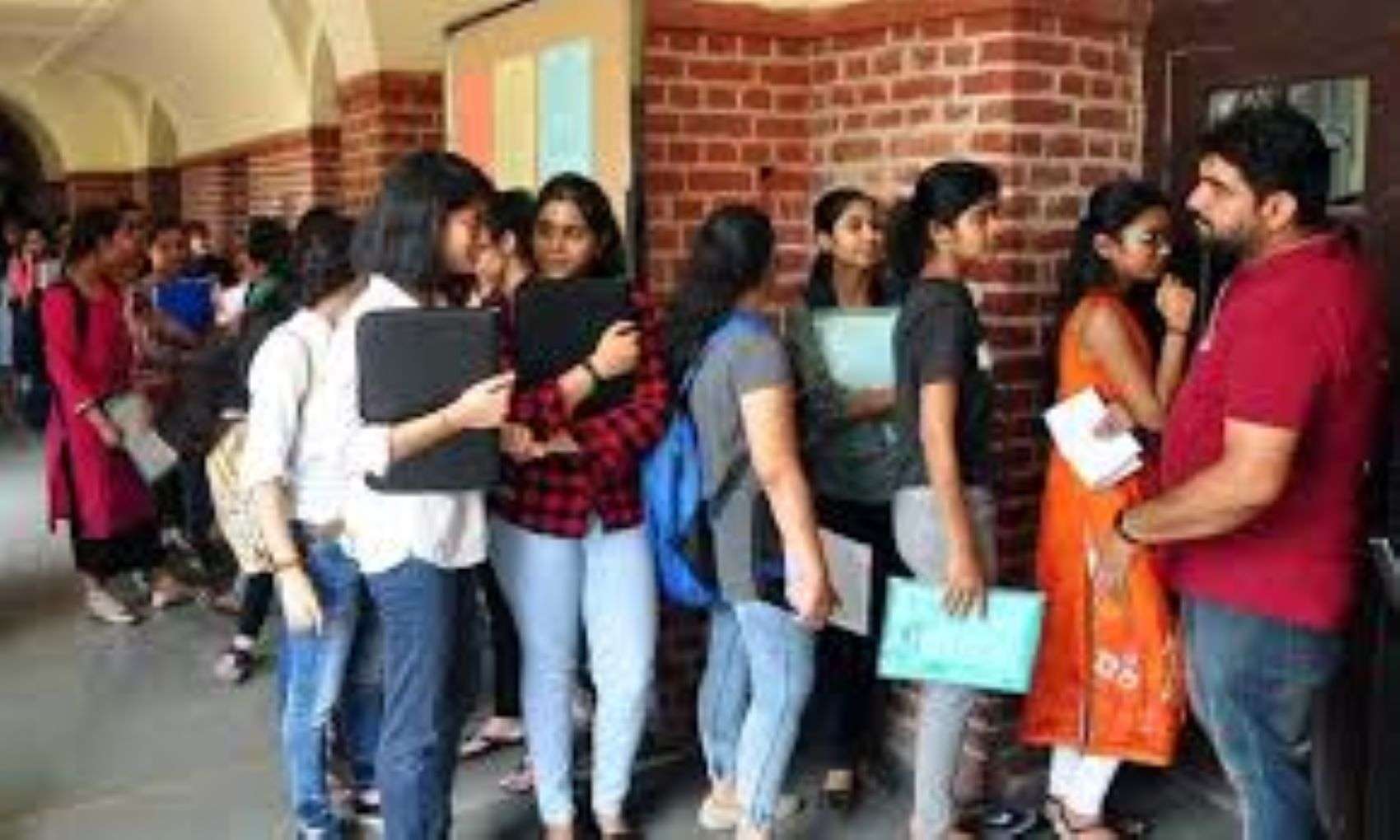Russia held its annual Victory Day parade in Moscow to mark the 75th anniversary of the surrender of Nazi Germany during the Second World War. In addition to a national day of celebration, the parade allows Russia to show the world the range of its military personnel and equipment. However, more than that, the event is seen as a way for President Vladimir Putin to cement Russian patriotism and its power base.

This year’s parade takes place during an unprecedented global health crisis, and the event had to be rescheduled from its original date from May 9 to June 24. However, preparations for the parade have taken place in Moscow and the Russian Defense Ministry confirms that 13,000 soldiers are participated in the parade, which will include 216 units of military equipment (ranging from tanks to armored vehicles and rocket launchers) and a air crossing with 75 military aircraft, including combat aircraft and helicopters.
The Russians believe that the victory over Nazi Germany is by far the most important and significant historic event in contemporary Russia. For the Kremlin, it is the most effective means of uniting various peoples of Russia, it is used to legitimize the aspirations of the Kremlin’s foreign policy and, in general, (the attitude) Russian towards the great power status. In the last decade, its importance only increased when the Kremlin increasingly monopolized its heritage,
This year’s parade originally came after a national referendum that would have (apparently) given the public a voice on changing the Russian constitution. This would, among other things, allow Putin to run for new terms, perhaps until 2036, when his current term ends in 2024. However, as with the parade, public voting was postponed and will now take place on July 1st. Still, the parade is seen as a way to increase national pride and public support for Putin before the vote, especially at a time when his popularity has declined due to the government’s handling of the crisis. coronavirus. .
Victory Day marks the end of World War II and the victory of the Allied forces in 1945. Adolf Hitler was shot on April 30. On May 7, German troops surrendered, which was officially accepted the next day and came into effect on May 9. The former Soviet Union did not want the capitulation to take place in the west and wanted such a significant event to reflect the contribution of the Red Army and the Soviet population. The former Soviet Union did not want the capitulation to take place in the west and wanted such a significant event to reflect the contribution of the Red Army and the Soviet population.
Joseph Stalin, Prime Minister of the Soviet Union, wanted Germany to also sign a capitulation in Berlin. The military transfer law was signed by the Chief of Staff of the General of the General Command of the Armed Forces Alfred Jodl and Admiral General Hans-George von Friedeburg in the early hours of May 7 in France in Reims, who was the headquarters of the Supreme Allied Expeditionary Force (SHAEF) headquarters.
The assignment was to take effect one minute after midnight on May 9. But Stalin could not allow the final ceremony to take place in the west, so he insisted that the Germans sign the capitulation in Berlin at half past one on May 9. At the time, the capitulation agreed to in Reims entered into force.
Although the document was signed, British Prime Minister Winston Churchill wired Stalin to explain that since the crowd was already gathering in London to celebrate, the celebration of Victory in Europe Day in Britain would take place on May 8, as they did in the United States.
This did not convince Stalin, who argued that Soviet troops are still fighting against German forces in many regions. Therefore, Stalin wrote that the celebration of victory could not begin in the Soviet Union until May 9. Since then, May 9 has been celebrated the day of victory in Russia.
This year, the celebrations were brought to June because of the Covid-19 pandemic. After winning the war and having his own Victory Day on May 9, Stalin wanted to commemorate the victory with a military parade.
On June 22, 1945, Stalin ordered a commemoration of the victory over Germany in the Great Patriotic War, he designated to celebrate the parade of the regular army, navy and garrison of Moscow – Victory parade on June 24, 1945 in Moscow’s Red Square.
However, since then, the Victory Day Parades have taken place on May 9. The parade lasted for around 90 minutes and seen the participation of military personnel from 19 countries, including India and China.
The celebrations included 64,000 participants. In Moscow, 14,000 military personnel marched through Red Square. Additionally, 50,000 more troops marched through 27 other cities that have military units.
Defence Minister Rajnath Singh was the indian representative for this function, however several Indian leaders have attended the Victory Day Parades in past. At the 70th anniversary Victory Day celebrations in 2015, then President Pranab Mukherjee went to represent India. Manmohan Singh had attended the 60th anniversary in 2005 as the then Prime Minister of India. Mukherjee had attended the celebrations earlier as well. In 1995, as the External Affairs Minister, he was present at the 50th anniversary celebrations.










More Stories
Registration for CLAT 2025 begins today; last date October 15
CLAT 2025 registration will begin on July 15
Delhi University 5 Year Law Programs Registration Begins